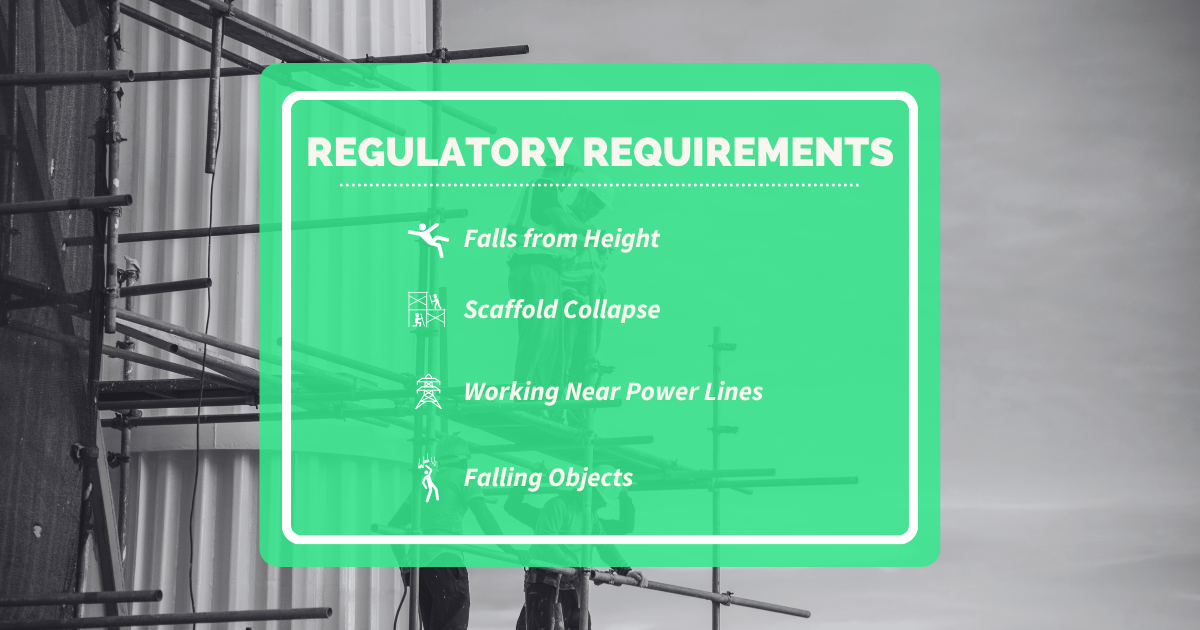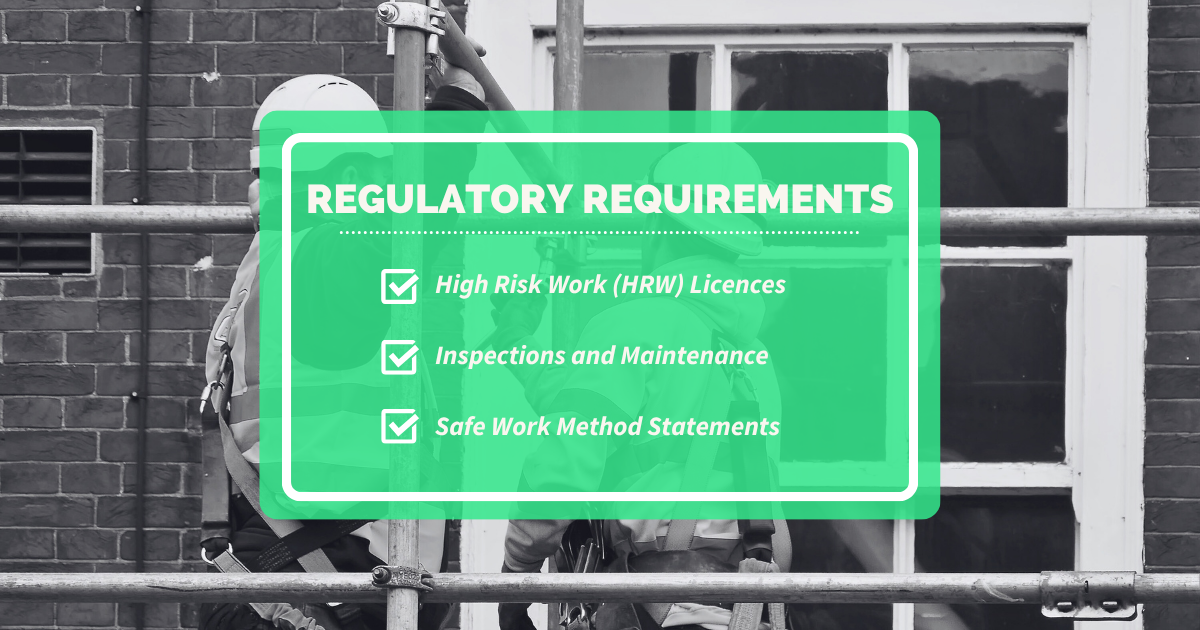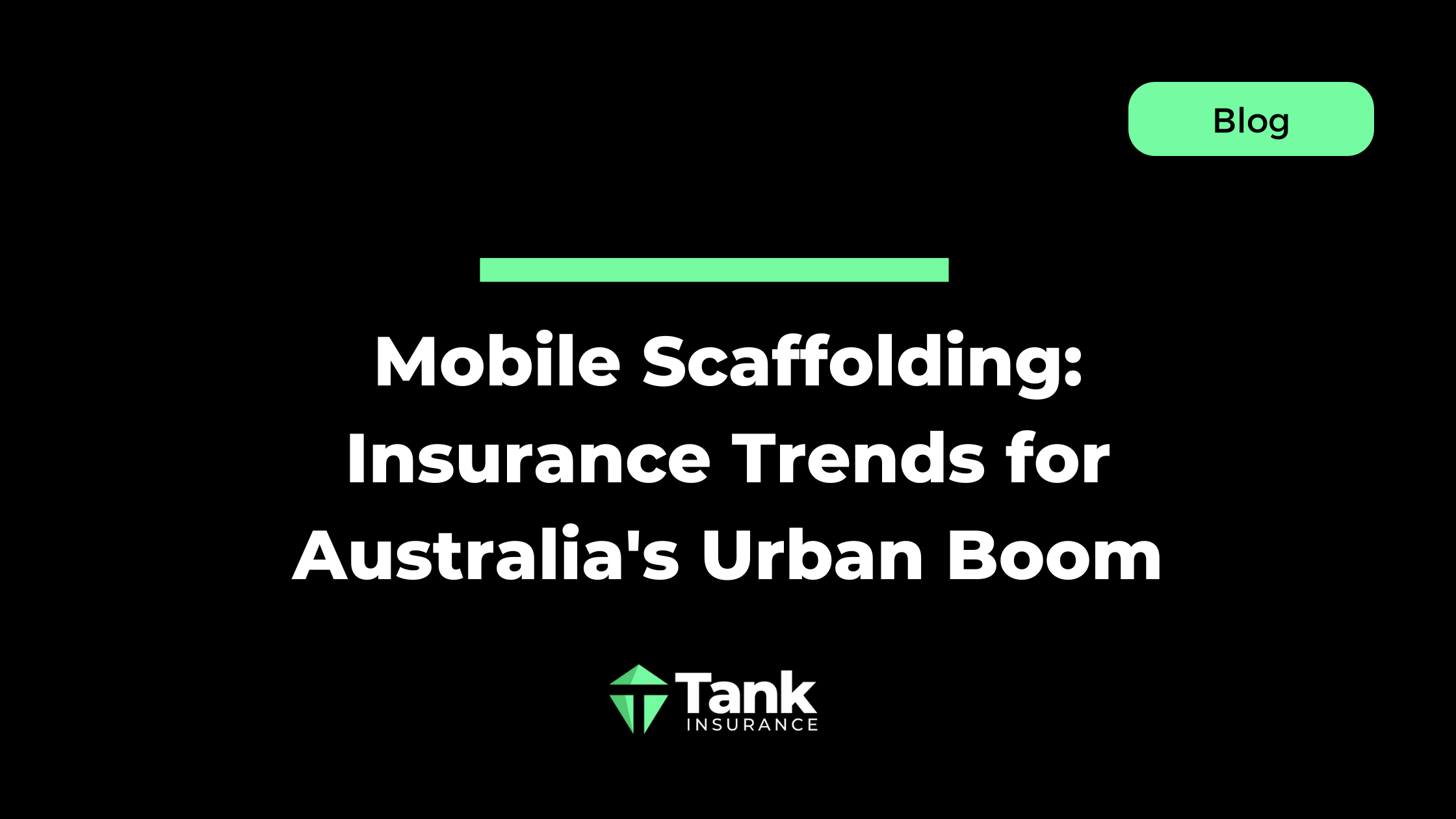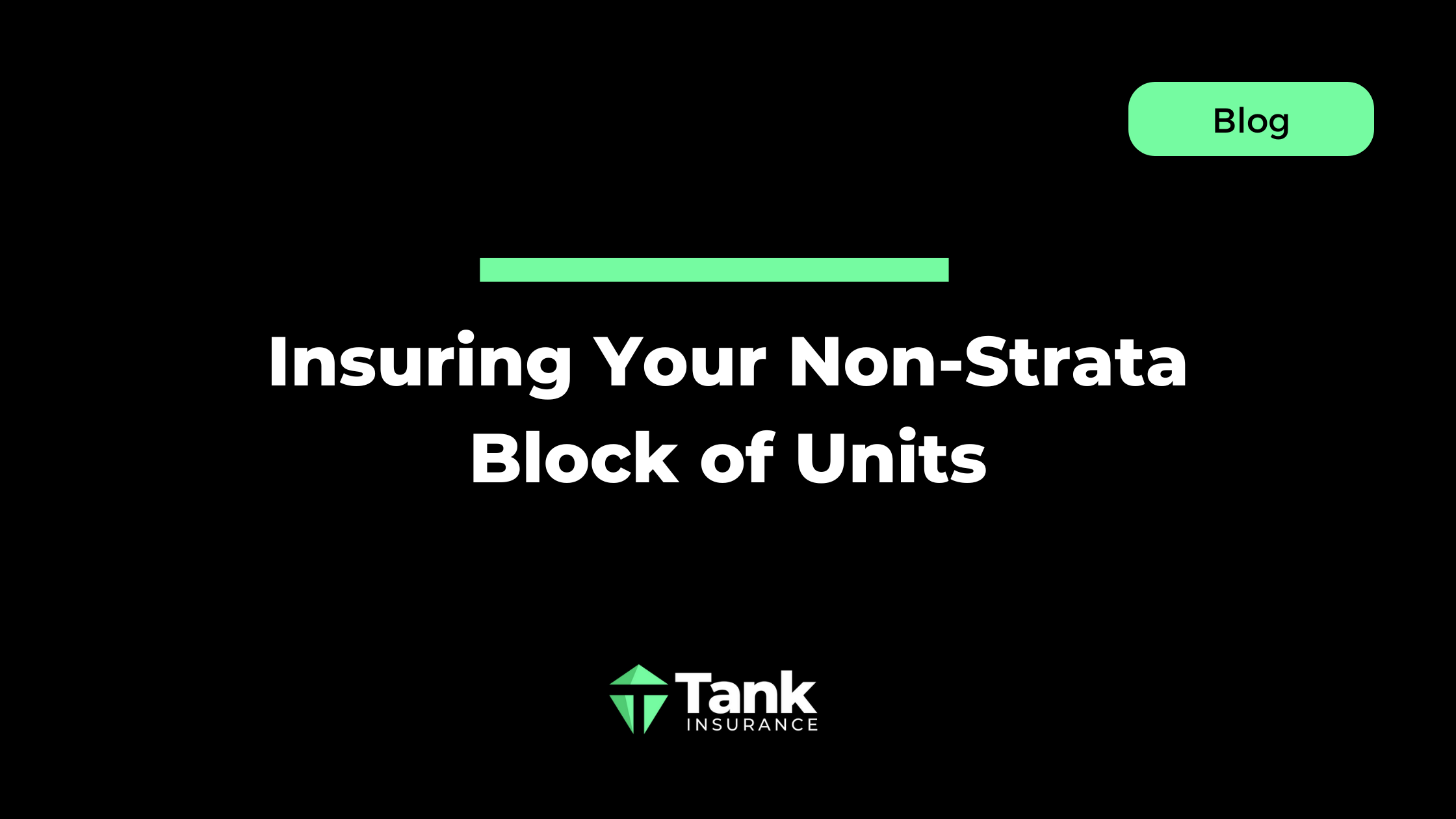The scaffolding industry plays a vital role in building and maintenance projects across Australia but it comes with serious challenges.
In this blog, let’s explore the main risks and regulations that shape this field. Understanding these elements can help you appreciate the complexities involved and can help you make smart, informed decisions.
The High-Risk Nature of Scaffolding Work

Scaffolding is classified as a high-risk occupation under Australian Work Health and Safety (WHS) laws.
This means that anyone running a business or undertaking (known as a Person Conducting a Business or Undertaking or PCBU), along with principal contractors and officers, holds a primary duty of care to protect the health and safety of workers and visitors in the workplace.
The work itself carries several inherent dangers which can lead to injuries or worse if not managed properly.
Here are some key risks commonly associated with scaffolding:
- Falls from Height: This remains as one of the leading causes of serious incidents in construction.
- Scaffold Collapse: This often occurs due to unstable structures or poor assembly.
- Working Near Power Lines: This increases the chance of electrical hazards.
- Falling Objects: These can harm people below the scaffold or passersby.
These risks highlight why scaffolding demands careful planning and oversight.
For instance, any scaffolding work where there's a risk of falling more than two metres falls under High-Risk Construction Work (HRCW). In such cases, a Safe Work Method Statement (SWMS) must be prepared before starting, outlining how the job will be done safely.
Regulatory Requirements for Compliance
Beyond the physical risks, business operators in the scaffolding industry face a substantial compliance load.

Regulations aim to reduce accidents but they require ongoing attention to detail.
- High Risk Work (HRW) Licences: Workers need the right qualifications based on the scaffold's height and complexity.
Options include basic, intermediate, or advanced scaffolding licences. A licence is mandatory if a person or object could fall more than four metres from the scaffold.
Note that only licensed individuals can erect, alter, or dismantle scaffolds. - Inspections and Maintenance: Scaffolds must be checked by a competent person at least every 30 days or after events (e.g., severe weather) that could affect stability.
Daily visual checks are also essential to spot issues like loose parts or potential collapse risks. Employers must prevent unauthorised access and ensure the structure is complete before use. - Safe Work Method Statements (SWMS): As mentioned, these are required for HRCW.
They detail the steps to control risks, such as using edge protection or harnesses for fall prevention.
These rules are enforced through bodies like SafeWork NSW which conducts regular inspections and campaigns to promote compliance.
Consequences of Non-Compliance
Failing to meet these regulations can have significant financial and legal impacts.
SafeWork inspectors can issue on-the-spot fines for breaches, such as using a scaffold without confirmation from a competent person or allowing unlicensed workers to make changes.
This constant need to handle both physical and legal risks influences how professionals in the scaffolding industry approach their daily operations.
How Insurance Can Support Your Business
The scaffolding industry in Australia operates under strict WHS laws to address its high-risk status. By staying informed about these risks and regulations, businesses can maintain safer workplaces and avoid costly issues.
If this raises questions about your own setup, consulting with experts or authorities is a practical next step.
At Tank Insurance, we can help businesses in the scaffolding industry find suitable coverage to manage these risks.
If you're interested in reviewing your options, feel free to reach out to us at team@tankinsurance.com.au or call us at 02 9000 1155. We're here to connect you with policies that fit your needs without the pressure.



